My Claremont Year- January 2023
Chris Claremont's earliest X-Men stories chart a new course for superhero comics.
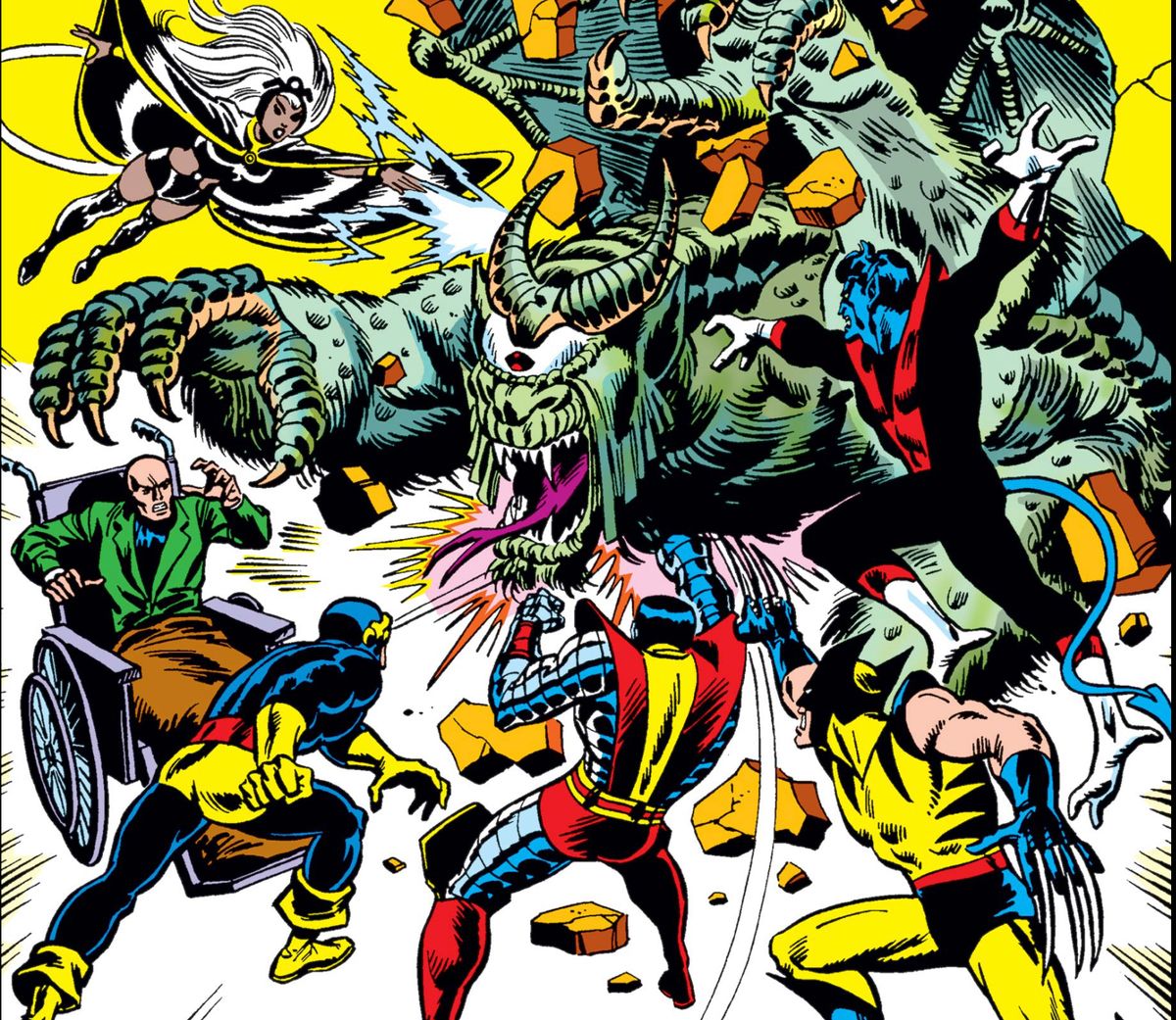
Around the end of 2022 a thought struck me; have I ever read all of Chris Claremont’s X-Men? I think I’ve collected it all in one form or another (or even multiple forms) but there’s a point in the mid-1980s where a lot of it becomes fuzzy in my memory. I’ve probably read it but more out of the inertia of collecting than any love of it. So armed with several omnibuses, Marvel Unlimited, and whatever back issue diving I need to do, I’ve set the goal to read his 16-year run on X-Men, New Mutants, and other related books, probably also eventually including some Louise Simonson New Mutants and X-Factor here as well since the series are so tied together.
As much as this is to check out these stories again, I want to see if there’s a completeness to the story that Claremont was telling, starting with his first issue, X-Men #94 (1975), and extending all the way through X-Men #3 (1991). Maybe by the end of the year, I’ll have some kind of grand unified theory of Chris Claremont’s time on the book or maybe I’ll just have read a lot of comics that range from “not bad” to “what were they thinking?”. But right now, we’re diving into the early days of 1975-1980 with some of Claremont’s earliest writing when it comes to Marvel’s mutants.
January Reading List
- Giant Size X-Men #1
- Uncanny X-Men #94-128
- Iron Fist #14
- Marvel Team-Up #65, 66, 69, & 70
- Ms. Marvel #16-18
- Power Man & Iron Fist #56 and 5
- Uncanny X-Men Annual #3
- Classic X-Men #1-34 (backups)
In the 48 years since Giant Size X-Men #1 came out or even the 32 years since his swan song in X-Men #3, it’s almost difficult to think about a time when Chris Claremont’s name wasn’t synonymous with The X-Men. Over 16 years, Chris Claremont redefined the modern superhero, taking a previously canceled book and turning it into a publishing juggernaut during his time writing the mutant’s adventures. And he wasn’t even there for that giant-size debut of a new team; that was Len Wein who assembled Wolverine, Storm, Colossus, and Nightcrawler to be a new generation of heroes. It wouldn’t take long for Wein to step aside so that Claremont could join artist Dave Cockrum full-time on the book, getting to take an old concept (the X-Men originally debuted in 1963) and treating it like a near-blank slate to redefine the team and what a team book could be like.
And he redefined them by turning comics into a soap opera. Sure the Fantastic Four had their family drama and the Avengers had their ever-changing roster but Claremont uses his first 30 issues to develop his core characters’ relationships with one another. Whether its Storm and Colossus’s sibling-like care for one another, Wolverine’s rough and tumble friction mostly with Cyclops, or even Nightcrawler’s devil-may-care attitude that he uses to define himself, Claremont’s Number One priority in his writing is to have these characters bounce off one another and even for of the villains. He maneuvers them on every page in ways to reveal their character.
Writers after Claremont who took these characters on just assumed they were who they were. The mold was cast for them. Cyclops was Cyclops. Wolverine was Wolverine. Storm was Storm. For years, these characters have remained what they were; only the plots and conflicts change but the characters barely do. The illusion of change drives the X-Men much more today than actual change But so much of the characters were defined between Uncanny X-Men #94-#128, where Claremont had so much room for these characters to grow. Reading these issues again, it’s almost hard to recognize that Claremont is establishing so much of the characters and their stories as opposed to repeating them as we’ve grown accustomed to in more contemporary comics.
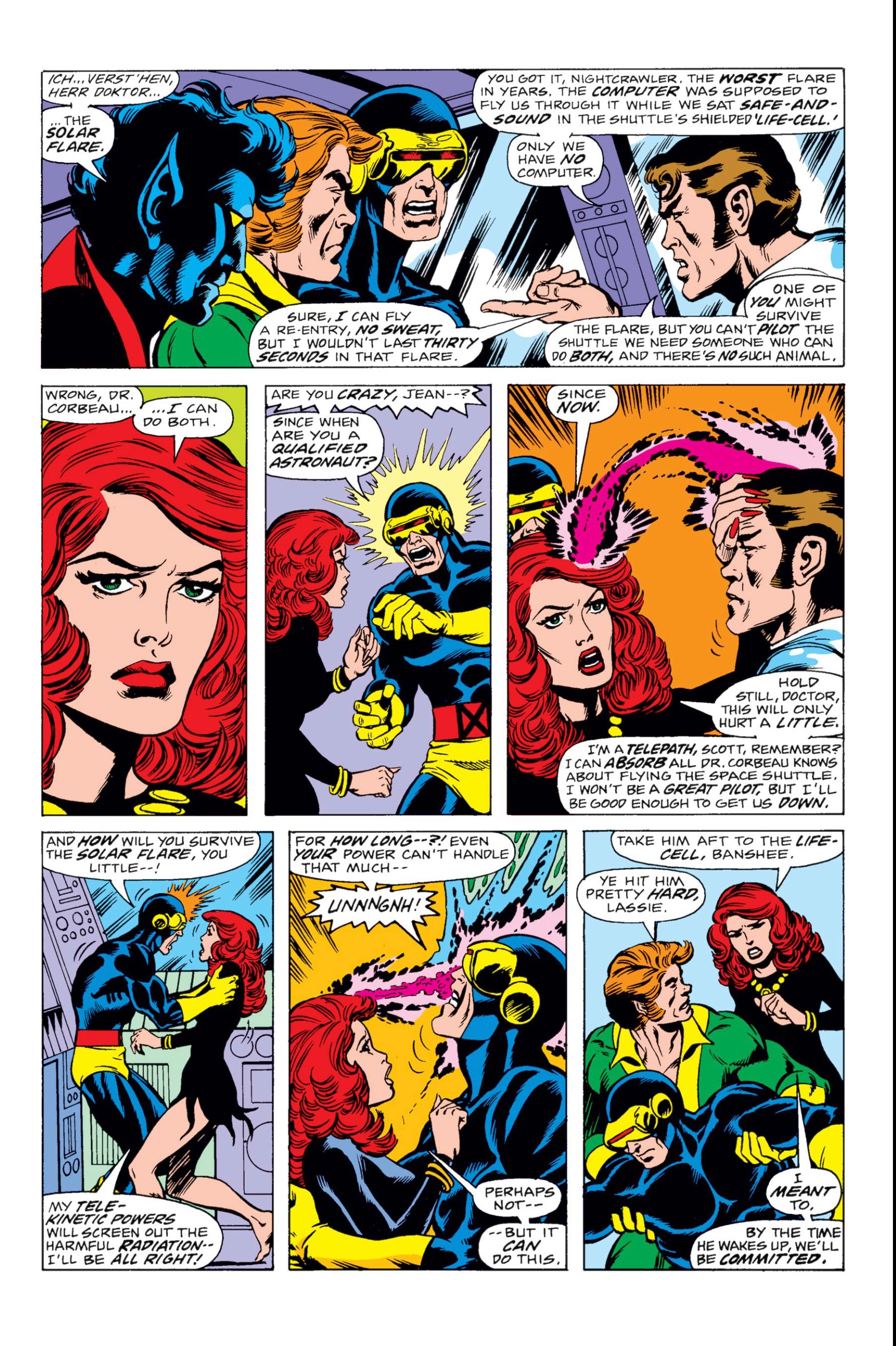
You can even see him doing it with established characters like Cyclops and Professor Xavier, characters that were 12 years old by the time he got his hands on them. By placing Cyclops as the veteran leader amid a team of rookies, Claremont challenges Cyclops to grow and become a real leader. These aren’t his childhood friends who had the same education as he did; Cyclops is not among his peers here. He’s leading individuals and has to make them a team. You can chart his growth here. Initially, he’s barking orders, telling everyone what to do but towards the end of this run, he’s taking a step back from that (as stated in Annual #3) and letting the team take a bit more of the lead, developing their teamwork as they’ve learned to work together. At first, everything Cyclops says and does rubs Wolverine the wrong way but by the end, as they develop more as a team, Claremont has the two of them working off of each other.
When John Byrne joins the book with X-Men #108, taking over art from series original artist Cockrum (don’t worry- he’ll be back eventually,) there’s a seismic shift in the way that the book works. The Cockrum issues are very dramatic; Cockrum believed in dynamic, sweeping facial and body expressions. Every panel is about to explode with energy, no matter what the scene is like. His artwork is very broad but, while great here, doesn’t have a lot of range in the acting. Byrne, who had worked with Claremont on Iron Fist and Marvel Team-Up, right from the start demonstrated the ability to pull a lot more visually out of each character. Cockrum was about the superhero action of everything; Byrne plays much more with trying to pull the emotions out of his characters and seemed to unlock something for Claremont.
More than Cockrum, Byrne plays to the soap opera aspects of Claremont’s writing, perhaps showing Claremont that those aspects can work in comics. It’s with Byrne taking on part of the plotting duties (credited starting at issue 113,) where Claremont starts to see what he can do with these characters, first splitting them apart into separate factions as Xavier and Jean Grey believe the rest were killed in a fight with Magneto when they really escaped to the Savage Land. Byrne and inker Terry Austin can tell so much of the story through body language, which gives Claremont more room to explore what all of these characters are going through but in more natural ways than he was able to with Cockrum.
Once Byrne is co-plotting, Claremont’s stories are driven by the characters instead of the other way. The initial issues of Claremont’s run with Cockrum show a writer who’s trying to push the idea of what a Marvel book could be but it’s still very plot heavy with a tinge of villain-of-the-month tendencies. That may be Cockrum more than Claremont but those first issues are rolling along with the planning of “and this happened which led to this which caused this.” Sentinels captured the X-Men, which led to Jean Grey becoming the Phoenix, which took them to space to fight the Legion of Super-Heroes the Shi’ar Imperial Guard. Claremont and Cockrum keep driving the momentum forward.
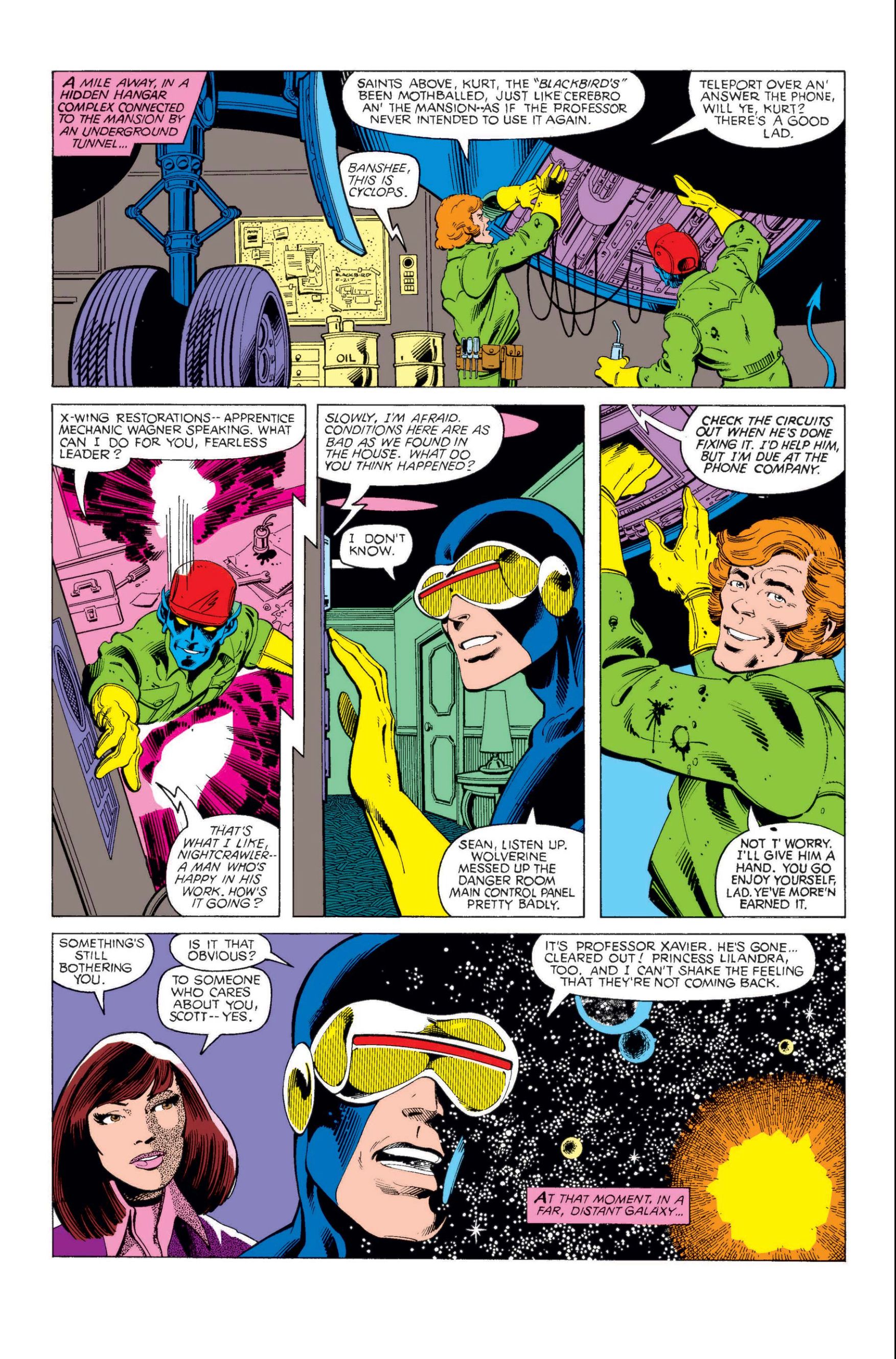
That forward drive continues with Byrne, through battling Magneto which leads the team to the Savage Land, where they eventually end up in Tokyo before crossing the ocean and taking on Alpha Flight. With Byrne though, there’s a stronger emphasis on the characters and what they’re going through in the moment. By the end of these first 30 issues, who these characters are is so clear that Claremont spends the next decade or so trying to see how much he can bend and twist them without ever losing sight of who they are.
When we talk about comics that have lived rent-free in the back of our minds most of our lives, these are it for me even if most of them I had to track down in back issue boxes and trade for with other friends (I once traded a reader’s copy of The Incredible Hulk #181 for an equally well-read copy of Giant Size X-Men #1) but haven’t gone back and revisited them at any time this century. But doing it now, I see how these are “my” X-Men, what I picture when I think about the characters. I go back to this classic time, particularly the Claremont/Byrne era and now it just feels so pristine, so trapped in amber when you look at everything that’s been done to this franchise over the years.
Next month- The Dark Phoenix Saga through The Brood (with maybe the beginning of The New Mutants thrown in.)


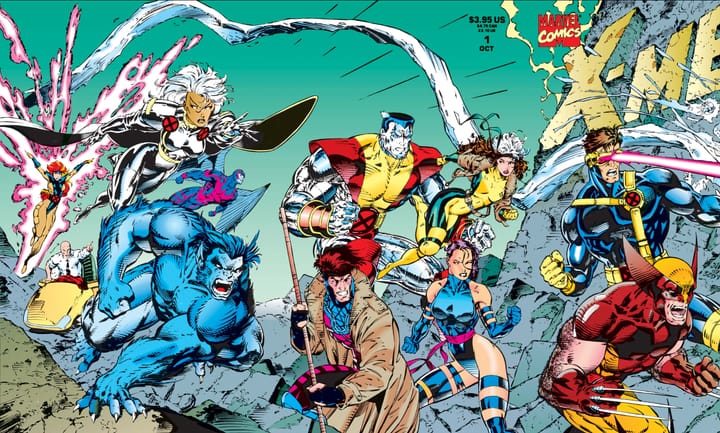
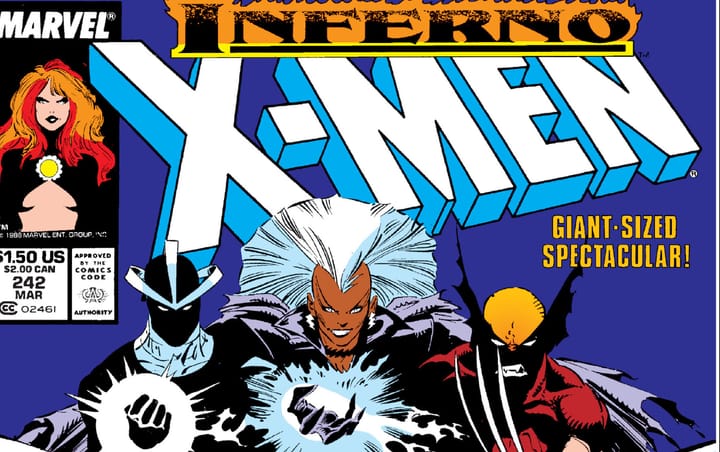
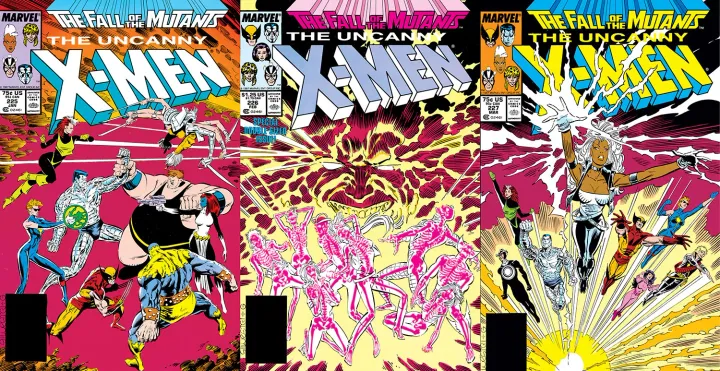
Comments ()